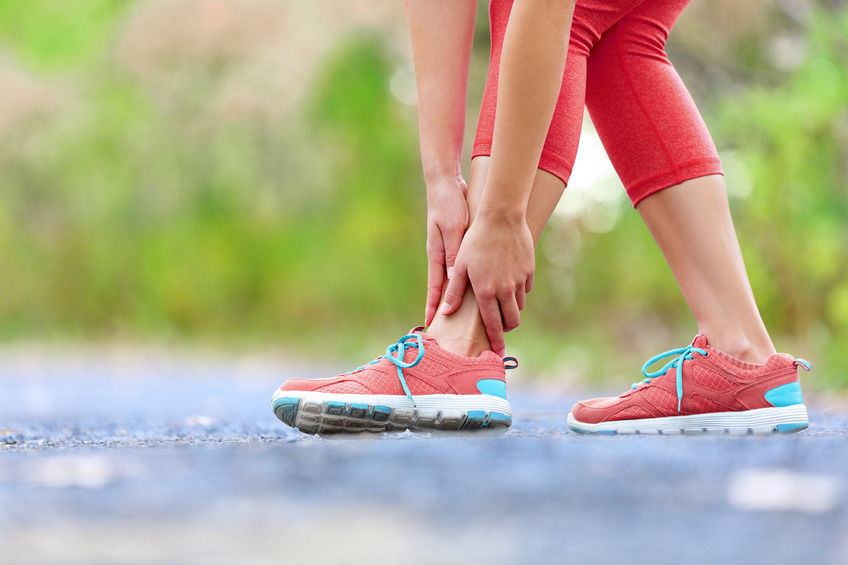As a central metropolitan area, Philadelphia is home to a diverse and vibrant community of residents and visitors who rely on the city’s walkways and pedestrian infrastructure to navigate their daily lives. From commuting to work and school to exploring the city’s many cultural and recreational attractions, walking is an essential mode of transportation for countless Philadelphians. However, this reliance on foot traffic also has a significant risk of pedestrian injuries, particularly in areas with high vehicle traffic or poorly maintained walkways.
Pedestrian accidents can result in severe and life-altering injuries, from broken bones and concussions to spinal cord damage and traumatic brain injuries. These incidents not only cause physical and emotional suffering for victims and their families but also place a substantial burden on the city’s healthcare system and economy. In the event of a pedestrian injury caused by another party’s negligence, seeking the guidance of an award-winning injury law firm in Philadelphia can be crucial in securing the compensation and support needed for recovery.
Vision Zero: A Comprehensive Approach to Pedestrian Safety
One of the most significant initiatives in Philadelphia’s efforts to reduce pedestrian injuries is the city’s adoption of the Vision Zero program. Launched in 2017, Vision Zero is a multi-national road safety project that aims to eliminate all traffic-related deaths and severe injuries, focusing on protecting vulnerable road users like pedestrians and cyclists.
Philadelphia’s Vision Zero Action Plan outlines a comprehensive set of strategies and goals for improving pedestrian safety, including:
- Redesigning high-injury streets and intersections to prioritize pedestrian safety
- Expanding the city’s network of protected bike lanes and pedestrian-friendly infrastructure
- Enhancing traffic enforcement and education efforts to promote safe driving behaviors
- Improving data collection and analysis to identify and address high-risk areas and trends
- Engaging community members and stakeholders in the planning and implementation process
By taking a data-driven, collaborative approach to pedestrian safety, Vision Zero has the potential to significantly reduce the incidence of walkway injuries and fatalities in Philadelphia, creating a more livable and sustainable city for all.
Pedestrian Plaza Programs and Traffic Calming Measures
Another critical strategy for improving pedestrian safety in Philadelphia is the implementation of pedestrian plazas and traffic calming measures in high-traffic areas. These initiatives aim to create safer, more inviting pedestrian spaces by reducing vehicle speeds, improving visibility, and providing dedicated areas for walking and gathering.
The city’s Pedestrian Plaza Program converts underutilized street spaces into vibrant public plazas with seating, landscaping, and programming. By repurposing these areas for pedestrian use, the program enhances safety and promotes community building and economic development in surrounding neighborhoods.
Safe Routes to School and Senior Safety Initiatives
Recognizing the unique vulnerabilities of children and older adults in the pedestrian environment, Philadelphia has also implemented targeted initiatives to promote safe walking habits and infrastructure for these age groups.
For example, the city’s Safe Routes to School program works with schools and community partners to encourage walking and biking to school while identifying and addressing safety concerns along common student travel routes. This may include installing new crosswalks and signage, conducting walking audits and safety assessments, and providing education and outreach to students and families.
Sidewalk Maintenance and Repair Programs
Well-maintained sidewalks and walkways prevent slip-and-fall accidents and promote safe pedestrian travel. In Philadelphia, property owners are responsible for maintaining the sidewalks adjacent to their properties, including repairing cracks, holes, and other tripping hazards.
To support property owners in this effort and ensure that the city’s sidewalks remain safe and accessible, Philadelphia has implemented several sidewalk maintenance and repair programs. These include:
- The Sidewalk Repair Enforcement Program, which proactively inspects sidewalks for defects and issues notices to property owners to make necessary repairs
- The Sidewalk Lien Program allows the city to repair hazardous sidewalks and bill the property owner for the cost.
- The Sidewalk Incentive Program provides financial assistance to low-income property owners for sidewalk repairs and replacements.
By investing in sidewalk maintenance and repair, Philadelphia is creating a safer and more accessible pedestrian environment while promoting property owner responsibility and community stewardship.
Pedestrian Safety Education and Awareness Campaigns
Philadelphia’s pedestrian safety enhancement goes beyond infrastructure improvements and policy updates; it also hinges on educating the community about safe walking practices. Effective education and awareness campaigns are vital in equipping locals and visitors with the necessary knowledge to safely navigate the city’s streets, reducing the likelihood of accidents and injuries.
Philadelphia has launched several initiatives aimed at raising pedestrian safety awareness, including the humorous “It’s Road Safety, Not Rocket Science” campaign to encourage safe walking and driving habits, the “Safe Streets, Healthy Communities” program that works with local organizations to address safety in high-risk areas, and the “Walk Safe, Walk Smart” initiative targeting seniors with information on preventing falls. These efforts are crucial in fostering a city-wide safety culture and making pedestrian safety education accessible and engaging for all community members.
Collaboration with Community Partners and Advocacy Groups
Enhancing pedestrian safety in Philadelphia hinges on the cooperation between various stakeholders, including city agencies, elected officials, and advocacy groups like the Bicycle Coalition of Greater Philadelphia and Feet First Philly. These organizations champion policies and infrastructure improvements to promote pedestrian well-being, working alongside city officials to pinpoint and rectify high-risk areas and drum up support for pedestrian-centric initiatives.
Critical to these efforts are the Philadelphia Police Department, which enforces traffic laws and probes pedestrian incidents, and the Philadelphia Department of Public Health, which analyzes injury and fatality data to guide prevention measures. The Philadelphia Office of Transportation, Infrastructure, and Sustainability steers the city’s Vision Zero campaign, aiming for zero traffic deaths, with local hospitals and trauma centers providing essential care and supporting prevention research.
This collective approach by varied partners underscores Philadelphia’s commitment to a unified and effective pedestrian safety strategy, illustrating the power of collaboration in fostering safer urban spaces.

